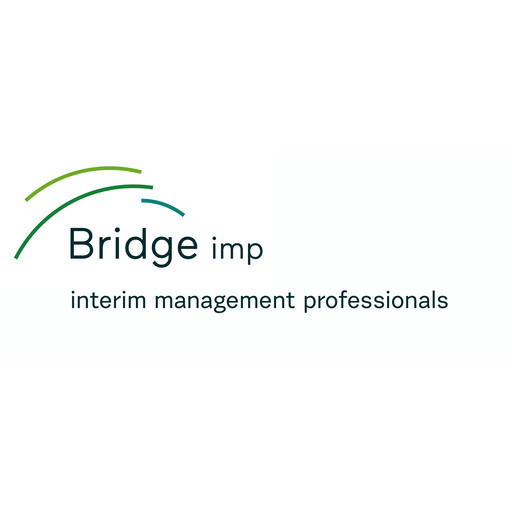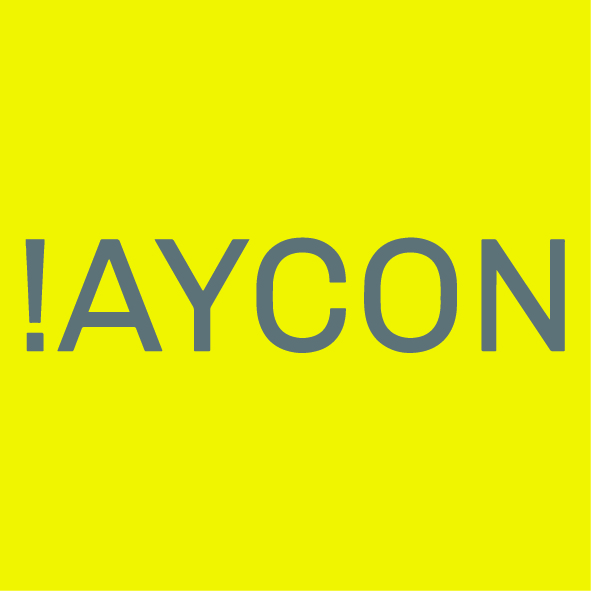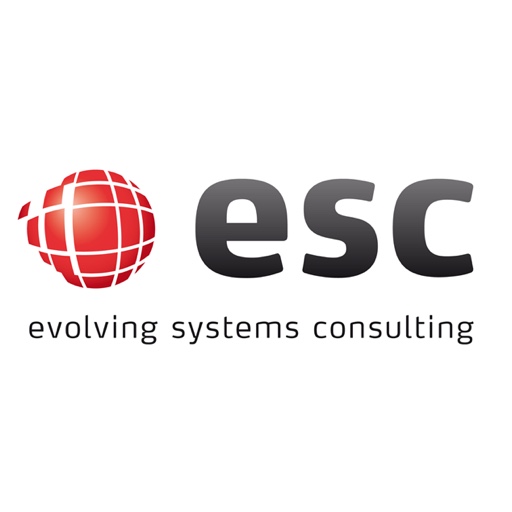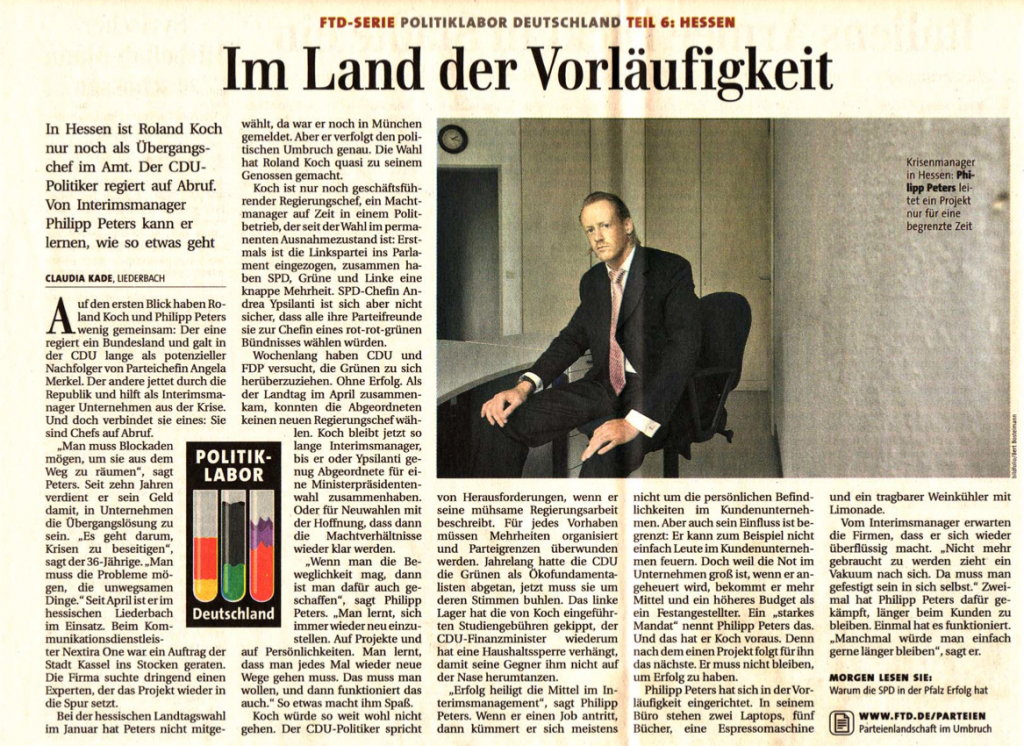
ABOUT US
We want to help our customers achieve sustainable success.
Since our company was founded in 1998, we have made it our mission to help companies and clients participate in our expertise and successfully develop business.


We see ourselves as long-term partners.
It is our claim to inspire our customers and to create the optimal solution for our customers.

OUR SERVICES
Project / Program Management
For us, project and program management means full-service, which we supply you with the entire qualitative and quantitative spectrum of project management.
We take over the responsibility of the project management, report to you and carry out regular appointments. In case of need, initiate steering committees and supervisory committees for you.
We achieve quality in your project through Total Quality Management (TQM). Our methodical knowledge enables us to steer project phases according to your requirements. At the same time we always have the cost efficiency for you in the consideration of your enterprises.
Interim-Management
With a network of hand-picked interim managers, we provide our clients with a tailor-made, practice-oriented temporary manager, both in turnaround situations and transformation processes, as well as in day-to-day operations.
Engage your interim manager with the top consulting group. Our over 30 years proven experience in this business brings you the desired result. Whether as a temporary solution or succession.
For the restructuring or restructuring of your companies, our senior managers bring with them the necessary specialist knowledge and bring the operational responsibility from strategy to implementation.
Management Consulting
Business consulting from a single source. From over 30 years of professional experience and 20 years of professional market presence, we see ourselves as a reliable partner for our customers.
In national and international assignments, we were able to prove to corporations and SMEs that we are the guarantor of success; yesterday as today.
Benefit from our experience in 14 different industries: from automotive to tourism, from pharmaceuticals to the public sector, we strive for long-term customer relationships.
The whole paired with your intentions, which we like to implement for you, we prove again and again that we have established ourselves in the consulting market.
Transition Management
Transition Management refers to the planned and controlled transition from one functional system to another. Precise preparation prevents false starts.
REFERENCES
abinbev
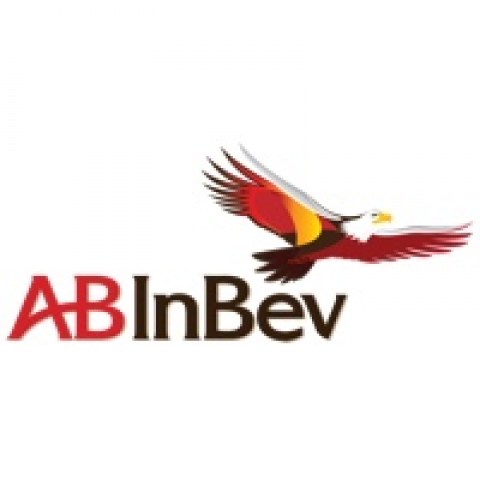
agrofert_logo

alcatel
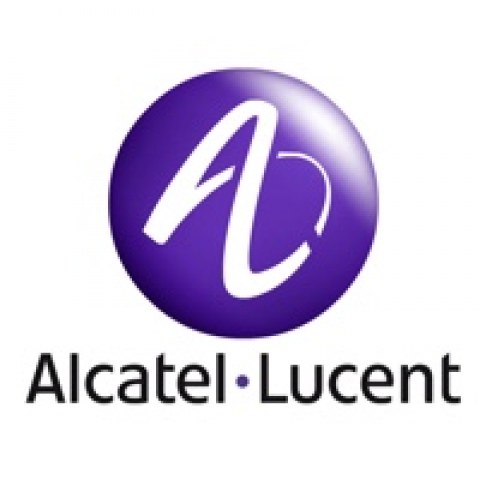
allianz
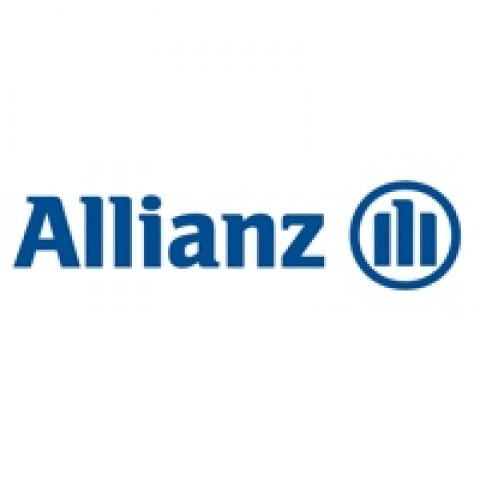
atos
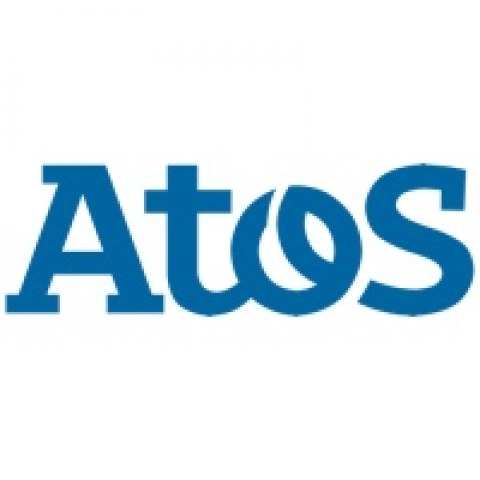
audi

bank of america

bcge
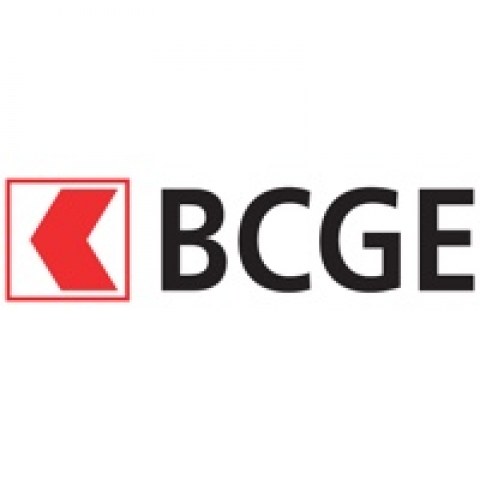
bechtle

beiersdorf
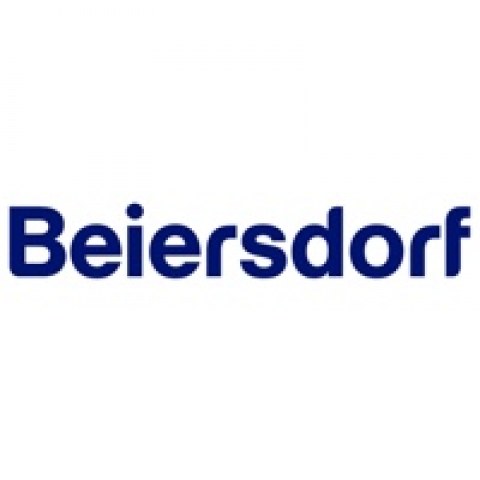
bmw

borealis_logo
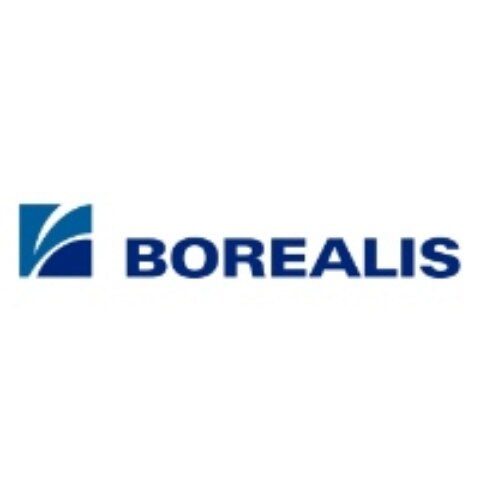
boyden
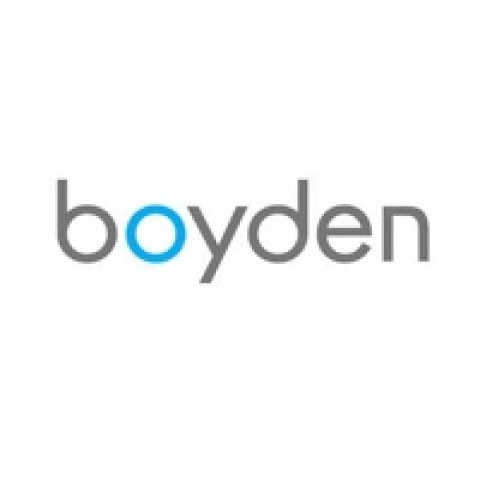
bridge
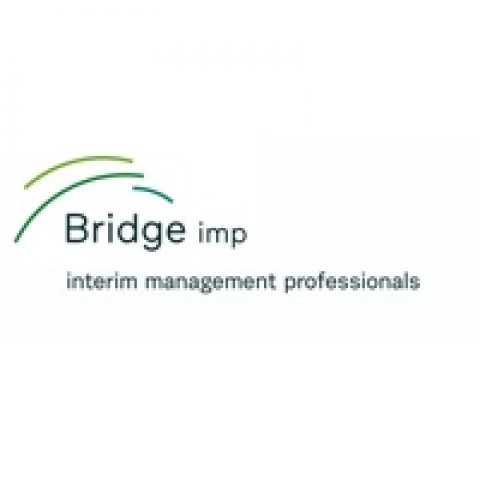
chinatelecom
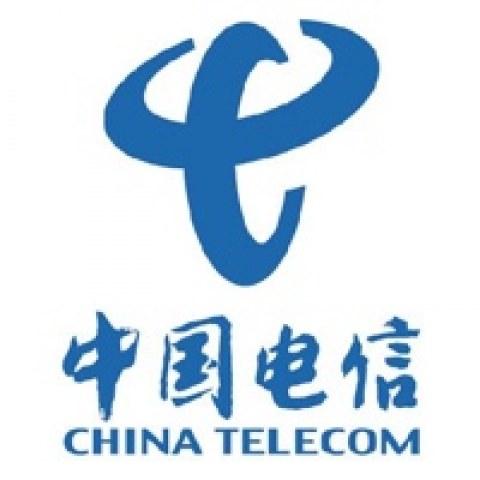
computacenter
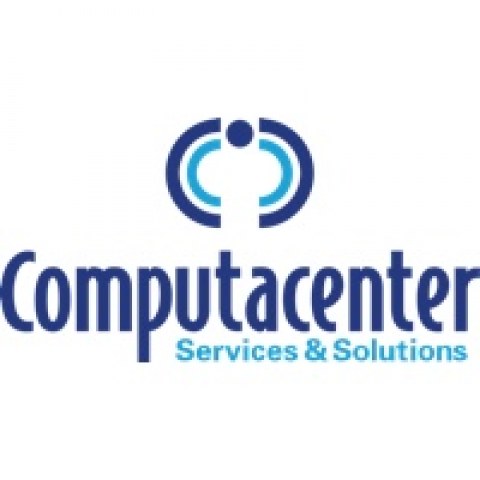
creditsuisse

crossgate

dell

dimensiondata

duit
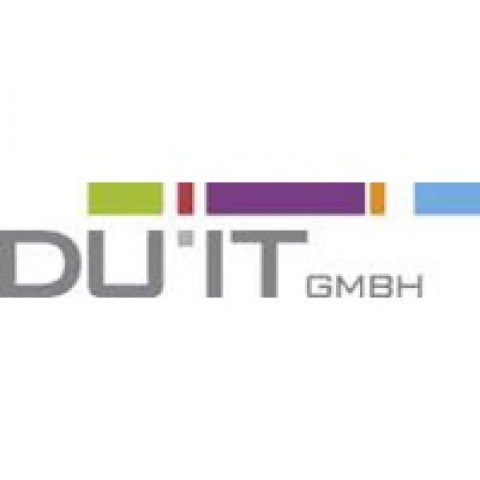
dvv
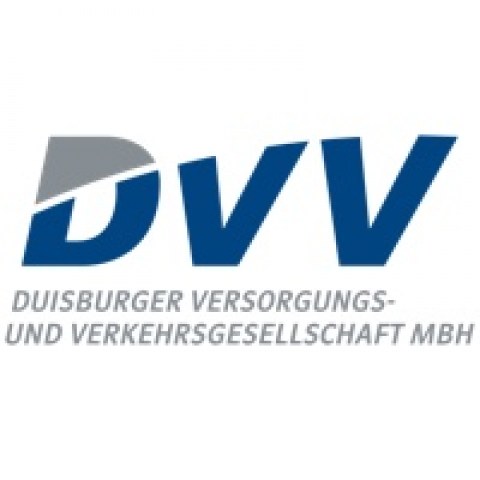
esc
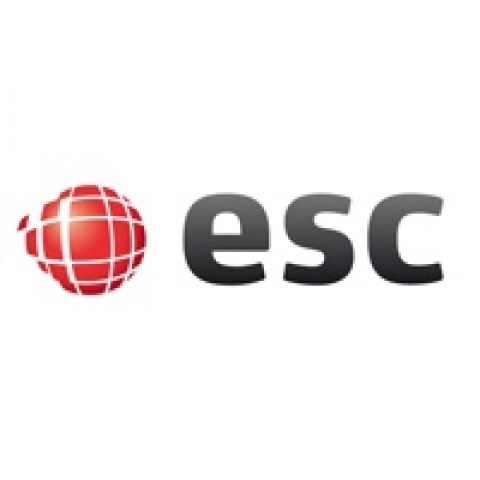
fujitsu
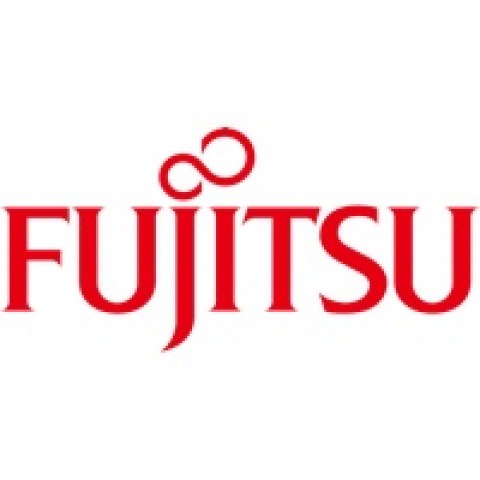
hannover_airport

hcl
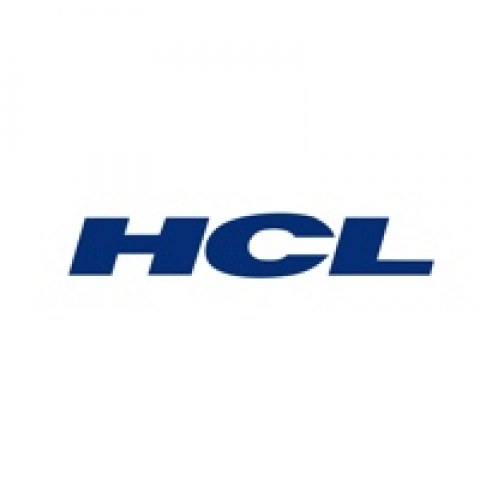
henkel
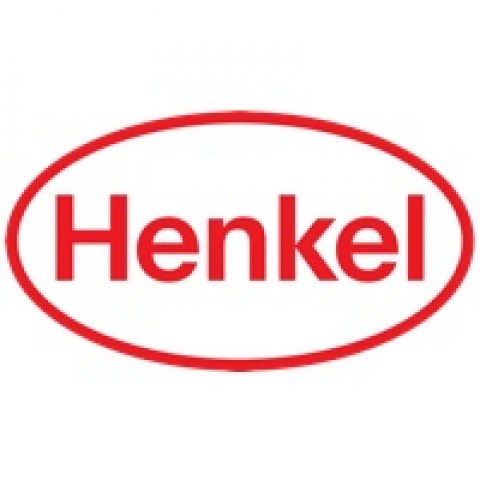
ibm
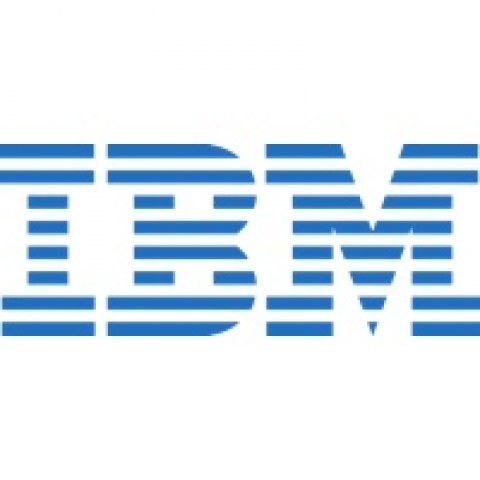
jrs_logo

kgal
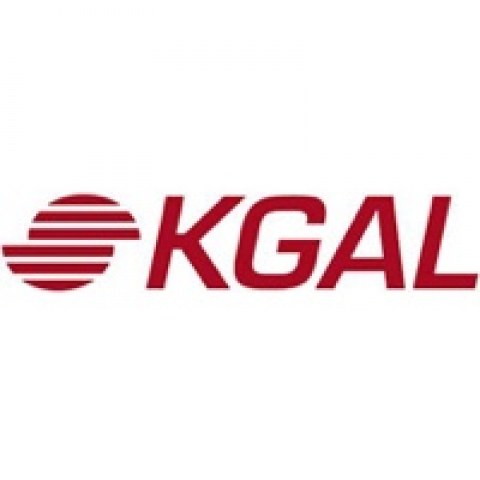
knorr-bremse
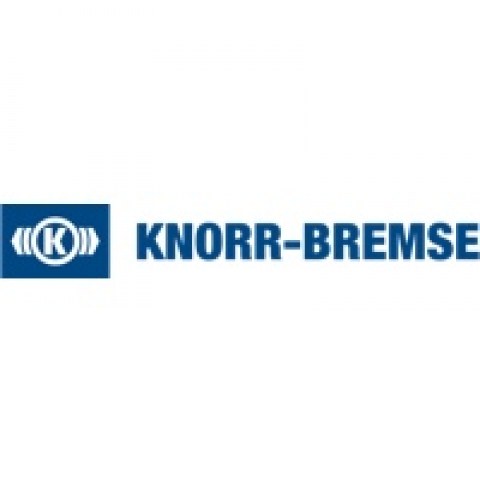
landeshauptstadt_münchen
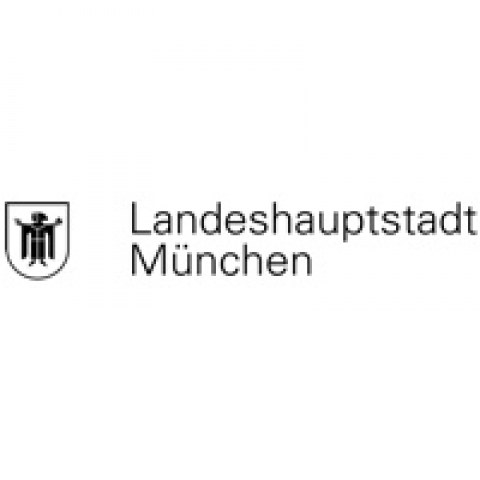
lat_nitrogen_logo
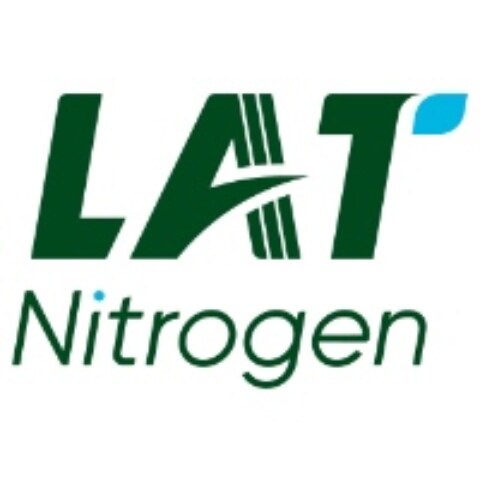
lextana

ludwigshafen
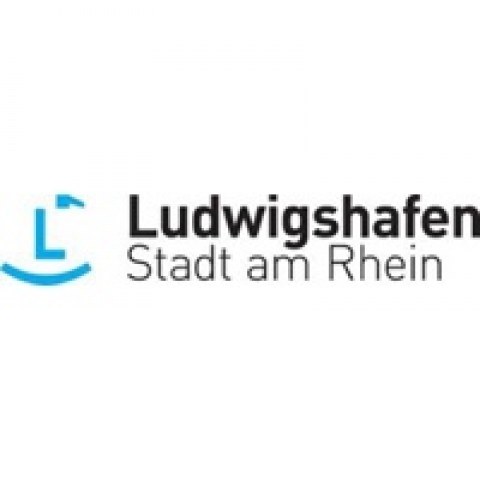
man

marco_polo_logo

metro_logo

neuroth

nextira
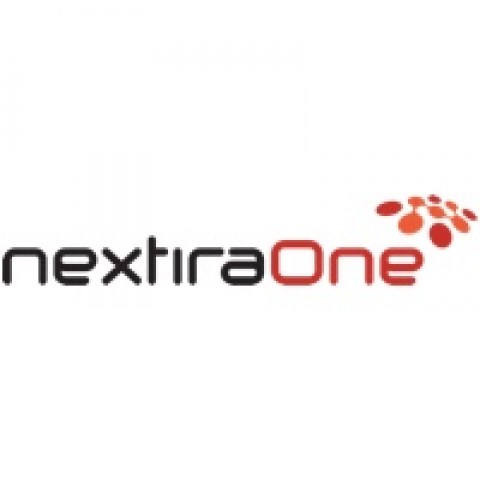
omv_logo
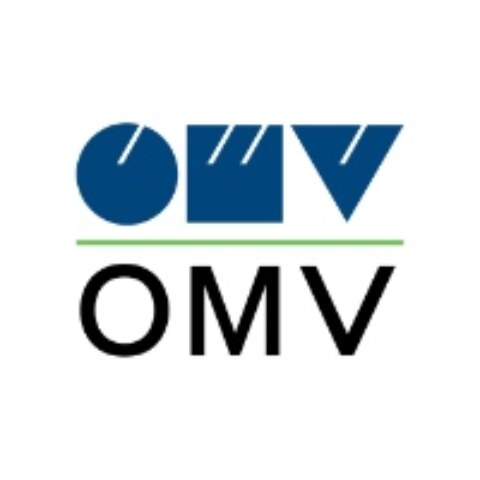
qualcomm

real_logo
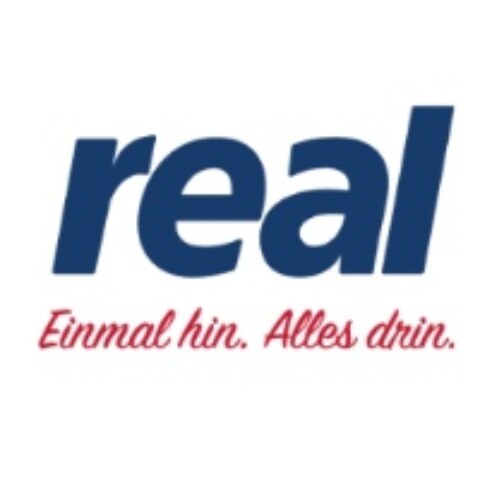
red

sap
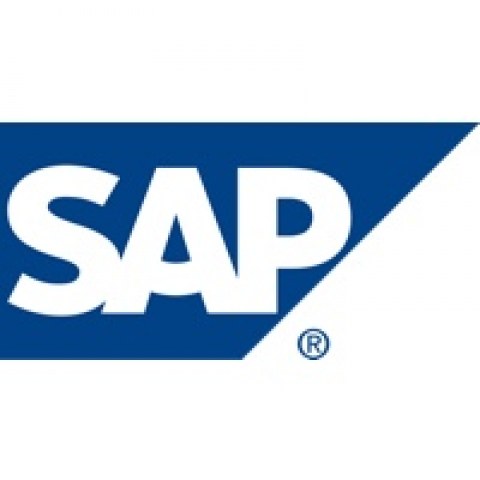
scp_logo

seat

siemens

siemens_medical

stadt-kassel
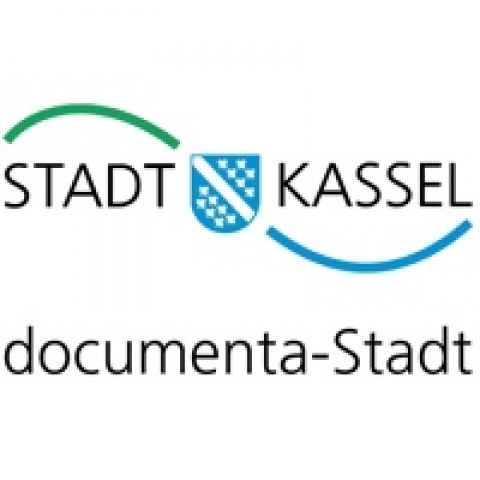
studiosos_logo

t-systems
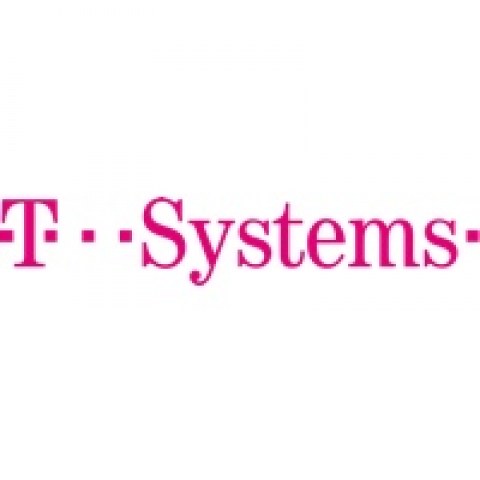
thyssen

tui
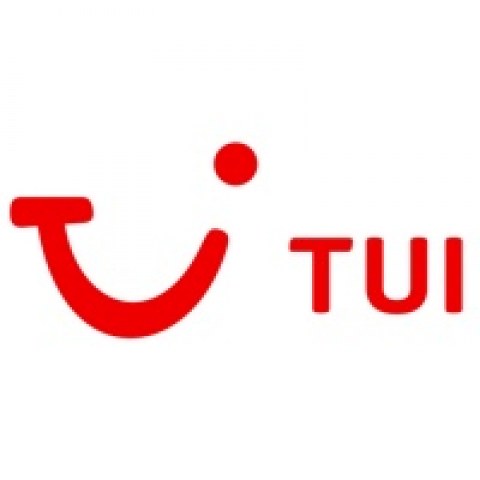
tüv
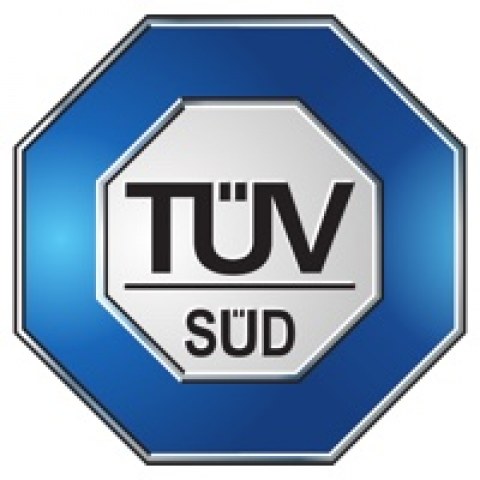
vattenfall
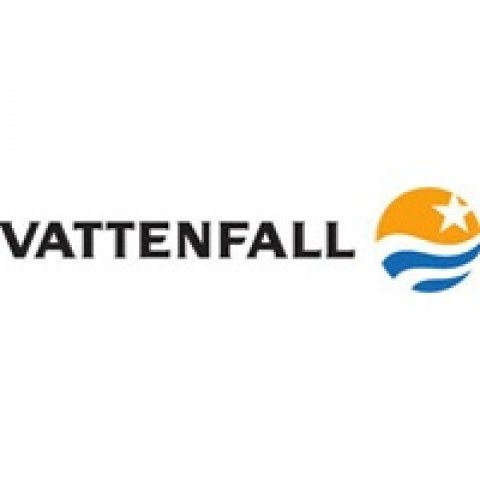
vw

westlb
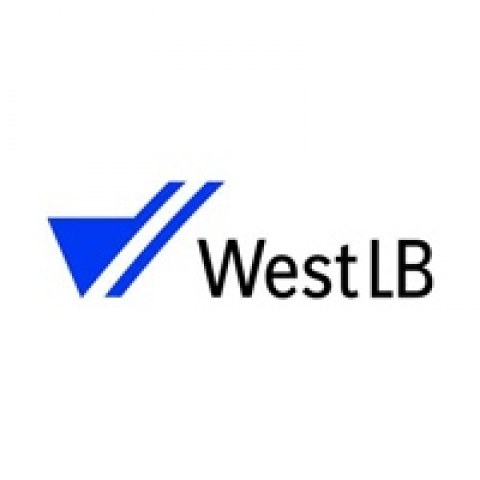
xayambe_logo

zeiss
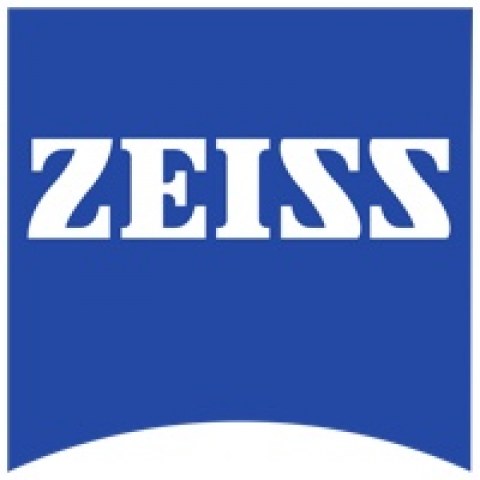
CASE STUDIES
Interim CIO für die Neuroth AG

| Business: | Hörakustik |
| Employee: | 1.200 |
| Products: | Hearing aids & hearing protection |
| Period of use: | 18 months |
| Interim Manager: | Philipp Peters |
Tasks:
- Development and implementation of an IT strategy
- Personal and professional leadership of the IT department
- Control of IT project controlling
Result:
With the appointment of Mr. Peters as Interim CIO, the IT department has been restructured strategically and structurally. As a result, the IT budget could be significantly reduced through savings measures. In parallel, a data center project was successfully completed within six months.

Customer opinion:
“Mr. Peters has taken the right steps to strategically and structurally reorganize our IT department. The result was a significant increase in efficiency.”
Lukas Schinko, CEO
Our mediation
After the decision to stop the long-running ERP project, there was a short-term need for strategic and personnel measures. The migration of ERP software from Microsoft Navision to Microsoft Dynamics AX had stalled. The IT manager was unable to meet the requirements of the large project. Therefore, the management decided to use an Interim CIO, which has already proven itself as an IT project manager and ERP expert in all areas and various sizes.
With the accomplished interim CIO, Philipp Peters, Bridge imp found the suitable managerial personality for this task. Mr. Peters should bring new perspectives to the company.
Profile of our interim manager:
- Interim CIO and ERP expert
- For more than 20 years, has been leading IT projects in all industries and in all sizes
- Knows the problems and weaknesses in consolidations, optimizations, integration or harmonization of processes
- Many years of experience in leading small or larger teams

AUDI AG
HEIDELBERG
SEAT SA
TESTIMONIALS
Our clients love us and we are truly proud of sharing their feedback. Awesome as usual.


top consulting group
Interim- & Transition Management
Hainbuchenstraße 4 Haus C
80935 München
Phone: +49 (0) 700 – 79 900 000
Fax: +49 (0) 700 – 79 900 900
Email: info(at)topcon.org
© top consulting group, 1998-2024
 GERMAN
GERMAN


